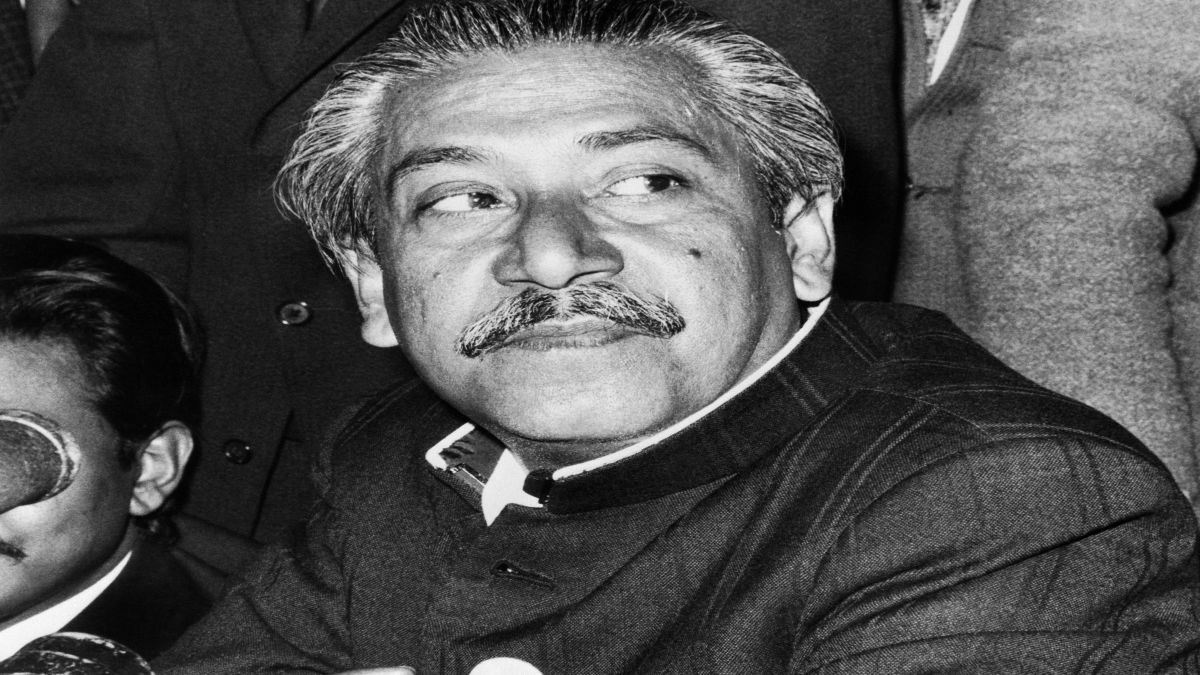The interim government in Bangladesh has revoked the ‘Bir Muktijoddha’ (freedom fighter) status of Sheikh Mujibur Rahman as Chief Advisor Muhammad Yunus moves to strip the country of Awami League’s legacy.
Rahman, former prime minister Sheikh Hasina’s father, who is known as ‘Bangabandhu’, will no longer be identified as a freedom fighter in Bangladesh, despite his efforts in the creation and founding of the country.
Several other key leaders who played a role in the Bangladesh Liberation War have lost their ‘Bir Muktijoddha’ status. These include Syed Nazrul Islam, Tajuddin Ahmad, M. Mansur Ali, and AHM Qamaruzzaman.
Who is a ‘Bir Muktijoddha’?
A Bir Muktijoddha is recognised as an individual who, between March 26 and December 16, 1971, either underwent training within villages across Bangladesh or crossed into India to join training camps, to fight in the Liberation War. These individuals actively participated in the struggle against the occupying Pakistani forces to secure Bangladesh’s independence.
Recognised freedom fighters must be civilians who met the minimum age requirement set by the government at the time of the war. In addition, members of the armed forces who participated in the conflict are also to be acknowledged as freedom fighters.
400 others lose status
Meanwhile, the Yunus-led government has also revoked the freedom fighter status of 400 elected politicians from the 1970 general elections.
According to the ordinance, published by the Legislative and Parliamentary Affairs Division of the Ministry of Law under the authority of the President, these leaders will now be classified as “associates of the Liberation War” rather than as freedom fighters.
Rahman’s picture removed from notes
Last weekend, Bangladesh introduced new banknotes without the picture of Rahman. The new design of the currency notes will portray natural landscapes and traditional landmarks.
Bangladesh Bank spokesman Arif Hossain Khana, told AFP, “Under the new series and design, the notes will not feature any human portraits, but will instead showcase natural landscapes and traditional landmarks.”
)